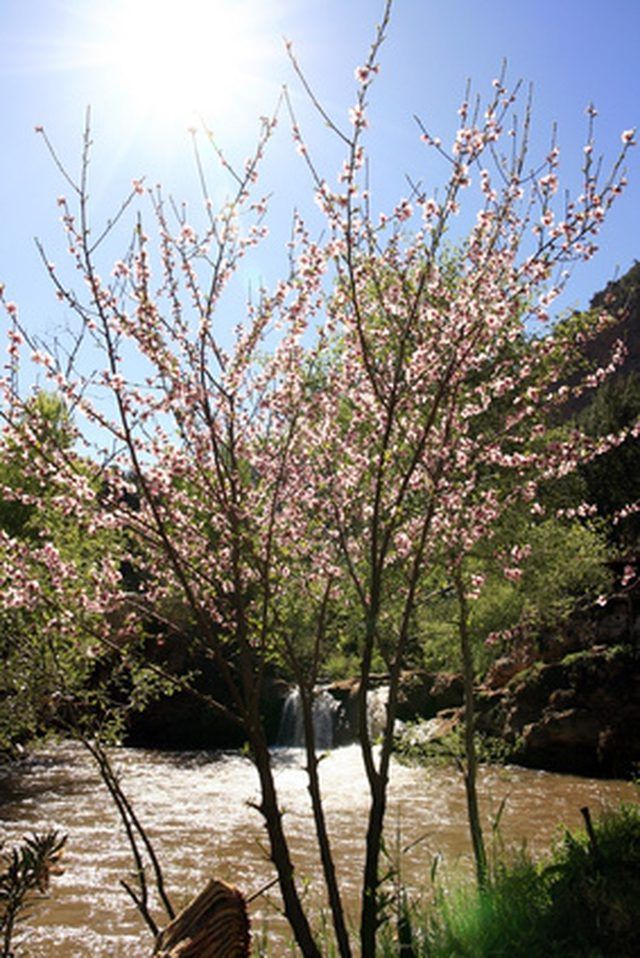Bulbs
Flower Basics
Flower Beds & Specialty Gardens
Flower Garden
Garden Furniture
Garden Gnomes
Garden Seeds
Garden Sheds
Garden Statues
Garden Tools & Supplies
Gardening Basics
Green & Organic
Groundcovers & Vines
Growing Annuals
Growing Basil
Growing Beans
Growing Berries
Growing Blueberries
Growing Cactus
Growing Corn
Growing Cotton
Growing Edibles
Growing Flowers
Growing Garlic
Growing Grapes
Growing Grass
Growing Herbs
Growing Jasmine
Growing Mint
Growing Mushrooms
Orchids
Growing Peanuts
Growing Perennials
Growing Plants
Growing Rosemary
Growing Roses
Growing Strawberries
Growing Sunflowers
Growing Thyme
Growing Tomatoes
Growing Tulips
Growing Vegetables
Herb Basics
Herb Garden
Indoor Growing
Landscaping Basics
Landscaping Patios
Landscaping Plants
Landscaping Shrubs
Landscaping Trees
Landscaping Walks & Pathways
Lawn Basics
Lawn Maintenance
Lawn Mowers
Lawn Ornaments
Lawn Planting
Lawn Tools
Outdoor Growing
Overall Landscape Planning
Pests, Weeds & Problems
Plant Basics
Rock Garden
Rose Garden
Shrubs
Soil
Specialty Gardens
Trees
Vegetable Garden
Yard Maintenance
Almond Tree Facts
Almond Tree Facts. As the name implies, the main source of almonds is the almond tree. These trees belong to the Rosacea family, which also includes roses, cherries, plums, peaches and apricots. In fact, apricots and almonds are so similar that the nut of the apricot is often used as a cheap substitute for almonds.

As the name implies, the main source of almonds is the almond tree. These trees belong to the Rosacea family, which also includes roses, cherries, plums, peaches and apricots. In fact, apricots and almonds are so similar that the nut of the apricot is often used as a cheap substitute for almonds.
Physical Structure
Almond trees generally range from 10 to 15 feet tall. The flowers range from white to pink, have five petals and often resemble small roses. The leaves are generally three to five inches and linear in shape; however, they are sometimes slightly ovate. A unique feature of the almond tree is that these rose-like flowers actually form before the leaves, which is the opposite of other trees. The almonds, of which there are two types, are found inside of the flowers.

Types of Almonds and Health Benefits
The almond tree produces both sweet and bitter varieties of almonds. Sweet almonds are tasty, but bitter almonds should not be eaten, at least not in large amounts because they contain a toxic substance known as amygladin. Trees with entirely pink flowers produce sweet almonds, while flowers that are white on the tips of the petals with red/pink coloring at the base produce bitter almonds.
The peel is the most nutritious part of the almond because it contains healthy oil, protein and phytochemicals such as flavonoids, vanilla acid and catechin. In order for these nutrients to be absorbed into the body, the almond must be chewed slowly. Almonds are known to have a variety of health benefits. For instance, almonds contain high levels of antioxidant flavonoids, which help to reduce the build up of plaque in the arteries, promoting a healthy heart and overall health benefits

Geographical History
Almond trees originated in China and central Asia centuries ago, and they were first brought to the United States in the mid-1700s by Franciscan Padres, who brought them to California. Initial attempts to plant the trees failed, but by 1870, scientific technology such as crossbreeding helped the trees to flourish. During the early 1900s, the central valley of California became the prime locale for almond tree growth and remains so today.
Growth in the United States Today
The only place in the United States where almond trees are grown for commercial purposes is in California. The almond nut is a major crop in the United States, and there are more than 450,000 acres reserved for their production and over 6,000 individual growers who harvest the crop. Harvesters monitor the crop year-round, as the trees require hot summers, cool winters, rain, irrigation and no temperatures below 0 degrees F.
Harvesting Almonds
In July, the shell of the almond hull, which is the dry outer covering, begins to split open and the fruit starts to appear. Between mid-August and late October, the shell is exposed and the nut begins to dry. During this season, the hull completely opens and the nuts are ready to be harvested. Right before the harvest, the ground under the trees is cleared and mechanical tree shakers knock the nuts off of the trees. After the nuts are dried, they are swept away and taken off for further production.